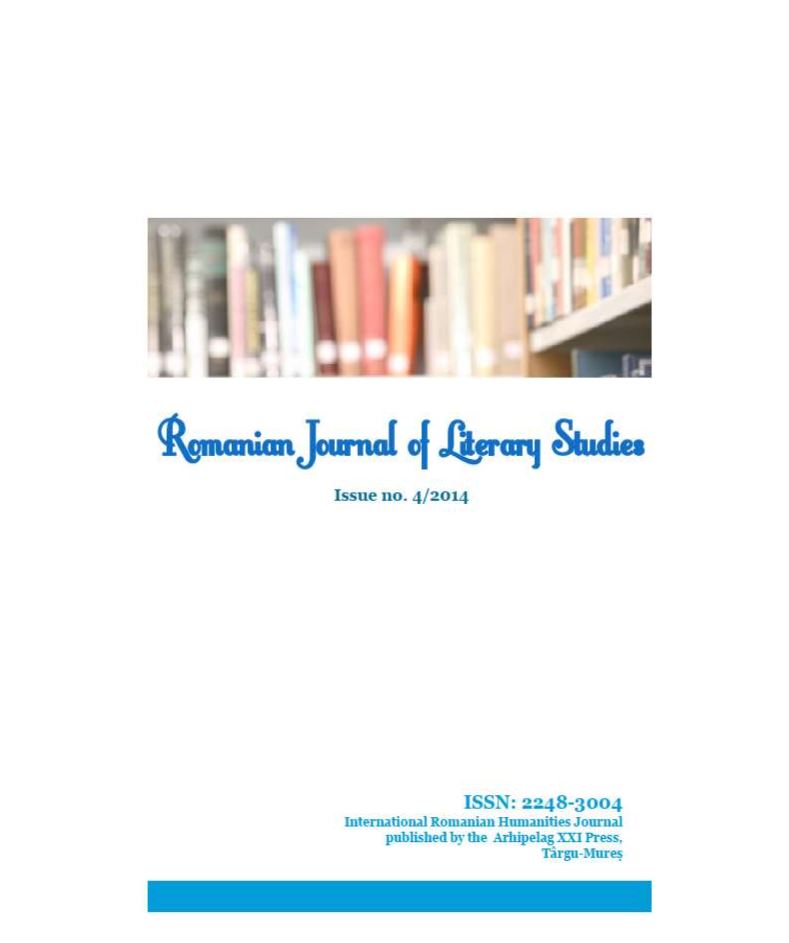„THE MOST BEAUTIFUL UGLY PEOPLE”- THE IMAGE OF THE GIPSY IN TRANSYLVANIA’S MENTALITY
„THE MOST BEAUTIFUL UGLY PEOPLE”- THE IMAGE OF THE GIPSY IN TRANSYLVANIA’S MENTALITY
Author(s): Puskás-Bajkó AlbinaSubject(s): Language and Literature Studies, Literary Texts
Published by: Editura Arhipelag XXI
Keywords: Gipsy; tongue; body-language; figure; stereotypes; understanding; otherness; assimilation
Summary/Abstract: Gypsies, or Romanies, have provided writers with a source of color since their very appearance in Europe in the Middle Ages. In Transylvania, perhaps even more than in Western Europe, Romanies turn up with some frequency — never as characters who happen incidentally also to be Gypsies, but because they are Gypsies, and because they serve a specific purpose. This purpose has, broadly speaking, three manifestations: the Gypsy as liar and thief either of property or (especially) of non-Romani children; the Gypsy as witch or caster of spells; and the Gypsy as romantic figure. In order to understand why the Romani should find him or herself in this mainly unflattering role, it is necessary first of all to understand what a Gypsy really is, and what historical circumstances have led to the emergence of so deeply-rooted a fictional image. Gypsies are often thought of as fantasy beings: journalist Randolph Conner writes of “witches, devils, ghosts, monsters, fairies, gypsies and other supernatural characters” celebrating Hallowe’en; the Cooper Manufactur¬ing Co. of New York includes a Romani with the witches and monsters which make up its line of Halloween costumes sold each year. Among those who know that Gypsies are actual people, there is the wide¬spread idea that they are a social, or a behavioral population like hip¬pies or tramps, rather than an ethnic group. There are many references in the literature to individuals becoming Gypsies by joining such a group or adopting a stylized way of life. Gypsies, or more properly Romanies or Rom, share a common origin in India. Evidence for this is abundant, whether linguistic, historical, cultural, or anthropomorphic. Leaving India at the time of (and probably because of) the Indo-Persian wars, the original population found itself in the Byzantine Empire by the eleventh century, and by the fourteenth century had been pushed up into southeastern Europe on the crest of the encroaching Turkish move West. The Transylvania in which those early Romanies found themselves was a land in turmoil. The Muslims were preventing access to the eastern trade routes and to the Holy Land; the economy and Christendom were both threatened, and the Crusades had drastically depleted the manpower. Romanies, being dark-skinned, unfamiliar to the Europeans in language and dress, and coming from the east, were thought to be Muslims themselves. Even today, they are called “Tatars” or “Heidens” or “Turks” in some parts of Transylvania, and the very word “Gypsy” derives from “Egyptian,” a medieval label vaguely applied at that time to any exotic eastern peoples.
Journal: Journal of Romanian Literary Studies
- Issue Year: 2014
- Issue No: 04
- Page Range: 671-681
- Page Count: 11
- Language: English

